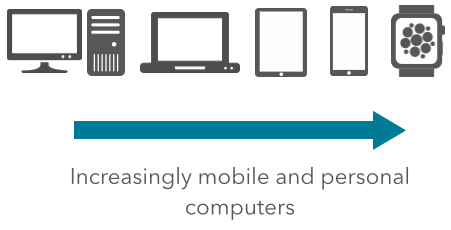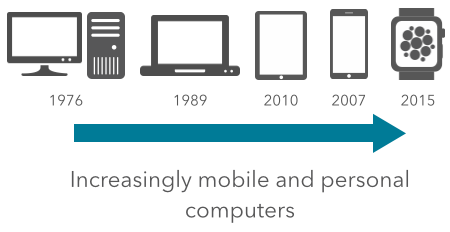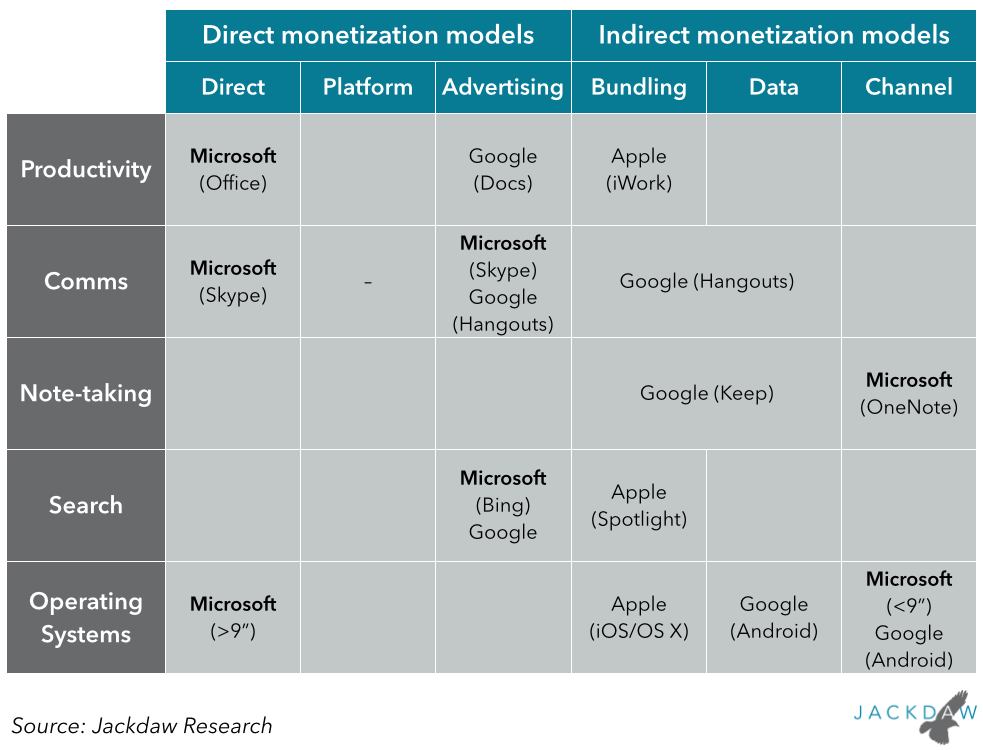Yesterday afternoon, amid a flurry of tweets and articles talking about how revolutionary the Apple SIM is, I posted this:
New Apple SIM will only be disruptive in the iPhone context if Apple also starts doing installment plans for devices.
— Jan Dawson (@jandawson) October 17, 2014
I wanted to take some time to elaborate on that thought and on the Apple SIM in general.
A revolutionary model
First, let’s give credit where it’s due, to both Apple and the three participating US carriers and the UK’s EE: this is a revolutionary model, and all these companies deserve kudos for being willing to innovate and try something different, despite the risks to the carriers in particular. Why might the carriers be willing to go along with this? Well, for one, they risk being left out if they don’t, as Verizon is here in the US (likely because of its overall skepticism about the new business models for device sales). But secondly, all the US carriers would like to see a much higher proportion of tablets sold come with cellular connectivity. Today, the cellular attach rate is very low, and only part of that is down to the $130 premium Apple charges for LTE devices. The rest is down to the fact that buying one of these devices has meant committing to a particular carrier and potentially a long-term contract before you even know how much use you’ll get out of the device.
This new model means you can go into an Apple store and walk out with a cellular-enabled iPad, and start using the cellular function immediately, without making any sort of commitment to a carrier at all. You can try out their service, switch carriers easily, and determine whether or not you want to continue to use the service, all without ever going near a carrier store. The downside for the carriers, of course, is a lack of lockin, though I suspect once an iPad customer decides which carrier to use they may well end up moving the device onto a family or shared data plan for a better deal than they’ll get otherwise.
Beware of assuming the same model works in phones
Having said all that, I think the clamoring over this revolutionary new model is over-done when it comes to smartphones. There are at least two fundamental differences between smartphones and tablets in this context:
- The vast majority of people buying a smartphone already have one, running on a specific carrier
- The vast majority of smartphones are bought with financial assistance from a carrier, either the old subsidy model or the newer financing models. As such, almost no-one pays the full cost of an iPhone up front.
The Apple SIM model works so well in the iPad context precisely because most people aren’t getting financial help from their carrier to buy a device, and because many of these customers don’t have a tablet connected to a carrier yet. They’re in experimentation mode, and the Apple SIM model works perfectly as a result.
The problem with applying this model to iPhones is that the carriers serve this other critical function of helping to reduce either the upfront or total cost of the device, and Apple doesn’t (yet) provide an alternative. As such, the model would only be applicable for people who were willing to pay the full cost of the phone up front, which is an entirely marginal market. However, if Apple were to start offering financing or leasing plans for iPhones as I’ve described elsewhere previously, then the Apple SIM model would make a lot more sense. Oh, and by the way, both of the carriers’ major holds on customers (the contract and network lockin) would be broken at once, which would be enormously disruptive.
Apple is entirely capable of pursuing this kind of model itself. This could be either the carrier financing model, with the cost of a phone spread over a 12-24 month period, or an “iPhone for life” program under which a customer pays a fee each month to always have the latest iPhone model. Under the latter model, the older device would be handed back to be refurbed and resold when the customer gets a new phone. Apple has the deep pockets to fund such a model, and it would help to smooth out its revenues across the year too even as most of the upgrades continue to happen in the third and fourth quarters.
In short, the Apple SIM is a step in the direction of a new relationship between Apple customers, Apple and the carriers. But in order to reach its full potential in the iPhone context, Apple needs to make another significant change: allowing customers to spread the cost of owning an iPhone over a longer period. Only if it does that will the Apple SIM be truly disruptive.





